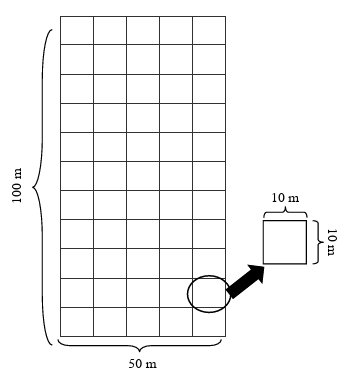Riparian Forest Regeneration after Restoration in the Bangkrasop Forest Conservation at Sri Nakhon Khuean Khan Park and Botanical Garden, Samut Prakan
Keywords:
Bangkrasop Conservation Forest, Disturbances, Regeneration, Tree species diversityAbstract
Bangkrasop forest conservation (BFC), Nakhon Khuean Khan Park and Botanical Garden, Samut Prakan Province, is known as the nature leaning center for urbanization, particular the riverine ecosystems as dominated Lumpoo (Sonneratia caseolaris) and firefly are coexisted. This study aimed to clarify the forest structure and species composition, in addition, the forest regeneration after restoration program. In 2018, a 0.5 hectare (50 m ? 100 m) permanent plot was setup and subplots of 10 m ? 10 m were divided, total 50 subplots. All trees with diameter at breast height (DBH) over than 2 cm were taged, measured, identified, and tree location alsorecorded in every subplot. The results showed the total tree species of 31 species 28 genera and 16 families were found. Intemediate species diversity based on Shannon-Weiner was detectected (H/=2.16), while, tree density and basal area were 2,046 individual.ha-1 and 16.42 m2.ha-1, respectively. The most dominant family based on species numbe was Fabaceae (7 speciess), and followed by Moraceae (4 species) and Rhizophoraceae (3 species), respectively. While, family of Apocynaceae was the dominant family based on tree density, and followed by Malvaceae and Lythraceae, respectively. Consisdering on forest regeneration, the negative exponential growth form or L-shape based on diameter class distribution was detected. Indicating the good natural regeneration process was detected in which small trees can be replaced the mature trees in the future. However, it varied among species, particular, planted tree species such as Sonneratia alba and Rhizophora mucronata which unimodal shape was found. Indicating these species had not good regenearated in the areas, thus, the proper environments should be manage for increasing their populations.
Downloads



.png)





